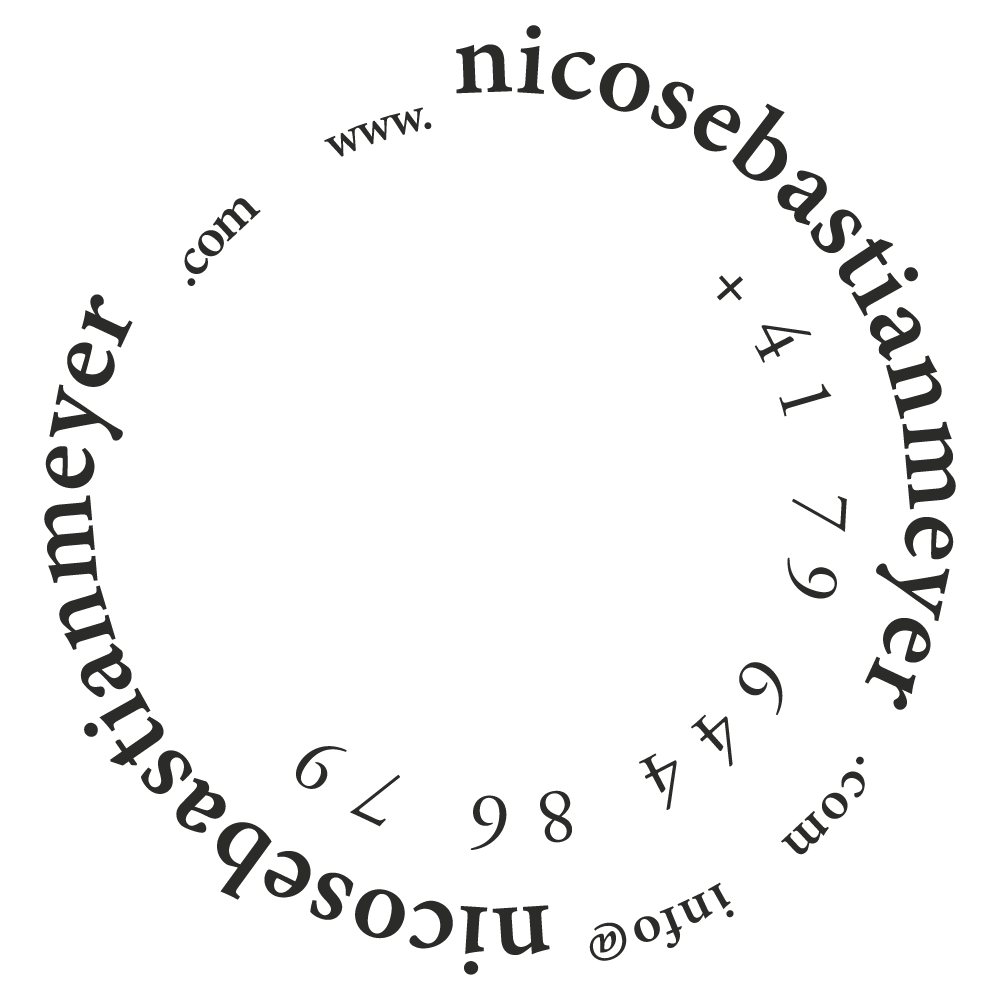builidings and ruins


A building is a manufactured structure with fixed boundaries that unfolds its specific function in the field of use and cultural practices: as a shelter protecting against the forces of nature, as a space for social exchange and cultivation, as a place of work and (re)production. The ruin, on the other hand, is the supposed counterpart to the building: it is unproductive, its boundaries are porous, it decays and lies fallow.
As a symbol of the ephemeral, the ruin has entered Western cultural history both as a sign of inevitable decline and as a projection surface for romantic fantasies. Meyer takes up these mental images and spins them further, linking them to the now. In the proclaimed age of the Anthropocene, the ruin is no longer a singularity; rather, the "ruinous" becomes the condition of an entire age. The Anthropos' building, constructing, and manufacturing, its striving for progress and its consumption are ruining the world, its landscapes, ecosystems, and habitats. At the same time, however, it is precisely the ruin that can give hope. After all, it also demonstrates the slow but steady re-appropriation and re-functioning of human structures by non-human actors—the circle of life in which, as long as there is life, germination follows decay.
This celebration of the ambiguous, which is characteristic of Meyer, should not be conceived as a gesture of negation. Rather, it emerges from a self-understanding of affirming plurality, openness, and contradictoriness, which may combine moments of uncanniness with humor, the threat of doom with joie de vivre, and thus formulates art as a potential: Precisely as ruinous, it emerges and persists.
Text by Valentina Ehnimb
![]()
